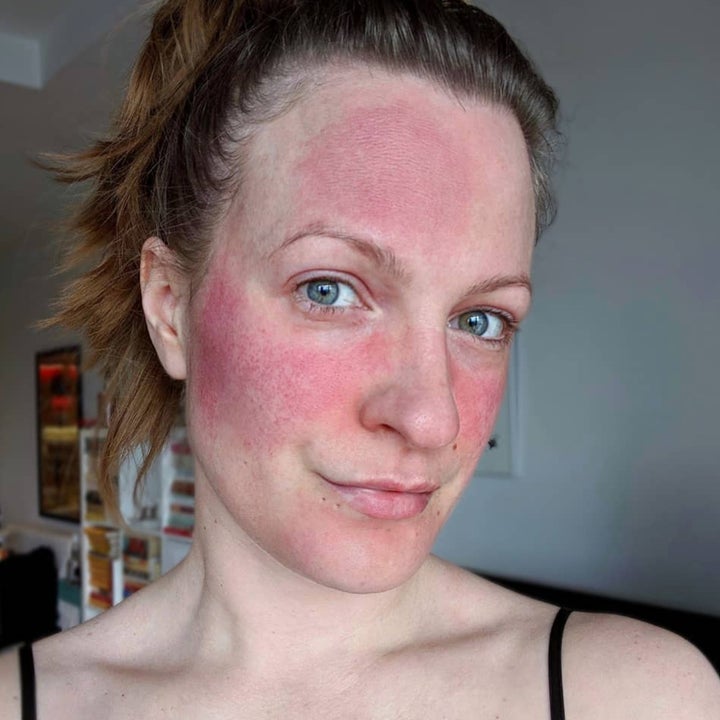Acne Rosacea
 Acne rosacea (generally alluded to as rosacea) is a typical skin problem which is described by redness, papules, pustules, and growing. Regularly confused with acne vulgaris in its beginning times, acne rosacea is a backsliding condition, which can be exacerbated by sun presentation, heat, liquor, compelling feelings, caffeine, and hot nourishments. Clinically, rosacea is generally recognized by the extreme blushing of the skin (the erythema is brought about by the widening of the shallow vasculature of the face). In like manner, rosacea doesn’t regularly give comedones.
Acne rosacea (generally alluded to as rosacea) is a typical skin problem which is described by redness, papules, pustules, and growing. Regularly confused with acne vulgaris in its beginning times, acne rosacea is a backsliding condition, which can be exacerbated by sun presentation, heat, liquor, compelling feelings, caffeine, and hot nourishments. Clinically, rosacea is generally recognized by the extreme blushing of the skin (the erythema is brought about by the widening of the shallow vasculature of the face). In like manner, rosacea doesn’t regularly give comedones.
Sorts of Acne rosacea
There are four types of rosacea are:
- Type one, known as erythematotelangiectatic rosacea (ETR), is related to facial redness, flushing, and obvious veins.
- Type two, papulopustular (or acne) rosacea, is related to acne-like breakouts, and frequently influences moderately aged women.
- Type three, known as rhinophyma, is an uncommon structure related to the thickening of the skin on your nose. It, as a rule, influences men and is regularly joined by another subtype of rosacea.
- Type four is known as visual rosacea, and its side effects are focused on the eye territory.
What causes Acne rosacea?
The reason for rosacea has not been resolved. It might be a mix of inherited and ecological elements. It is realized that a few things may aggravate your rosacea indications. One hypothesis is that rosacea may be a segment of an increasingly summed up confusion of the veins. Different speculations propose that the condition is brought about by tiny skin vermin, organism, mental components, or a glitch of the connective tissue under the skin. These include:
- eating spicy foods
- eating things that contain the compound cinnamaldehyde, for example, cinnamon, chocolate, tomatoes, and citrus
- drinking hot espresso or tea
- having the intestinal microscopic organisms Helicobacter pylori
- a skin bug called Demodex and the bacterium it conveys, Bacillus oleronius
- the nearness of cathelicidin (a protein that shields the skin from infection)
Diagnosis
There is no clinical test for acne rosacea. A specialist arrives at diagnosis in the wake of inspecting the patient’s skin and asking about side effects and triggers. The nearness of expanded veins will enable the doctor to recognize it from other skin issues. The nearness of a rash on the scalp or ears normally demonstrates an alternate or coinciding determination. Rosacea signs and manifestations are predominantly on the face. Early conclusion and ensuing brief laser treatment altogether diminish the danger of rosacea’s movement. On the off chance that the specialist suspects there might be a hidden ailment or ailment, for example, lupus, blood tests might be requested. The specialist may allude the patient to a dermatologist.


 WhatsApp us
WhatsApp us